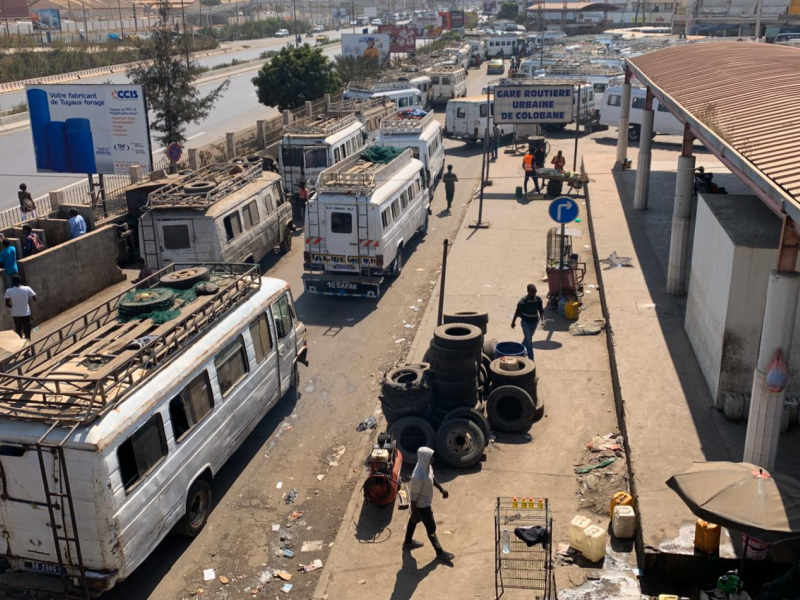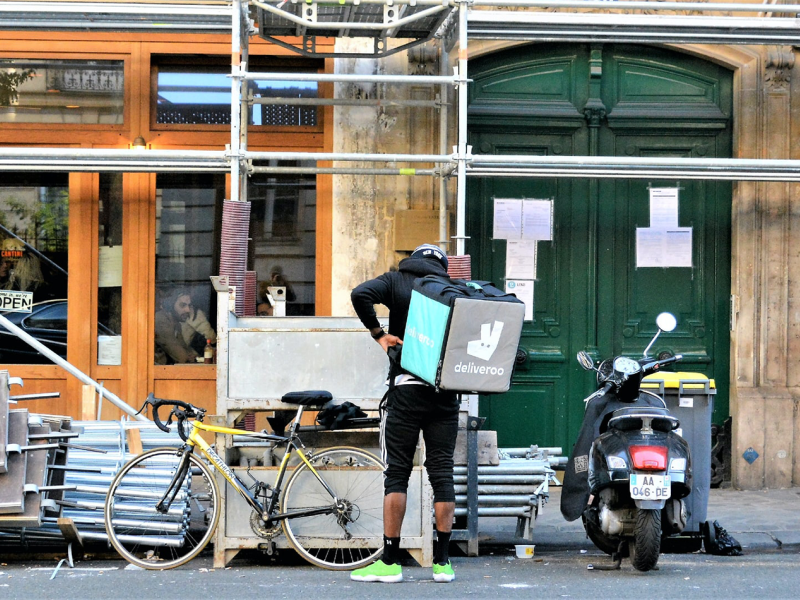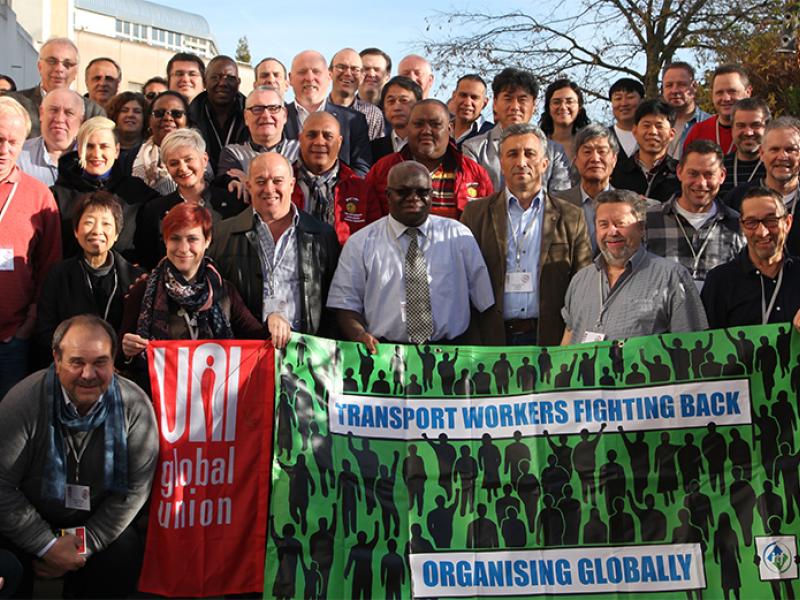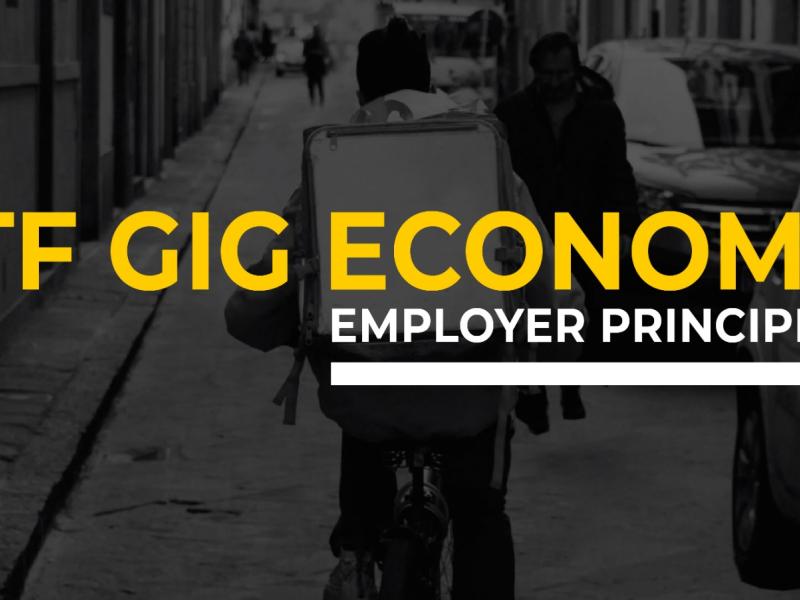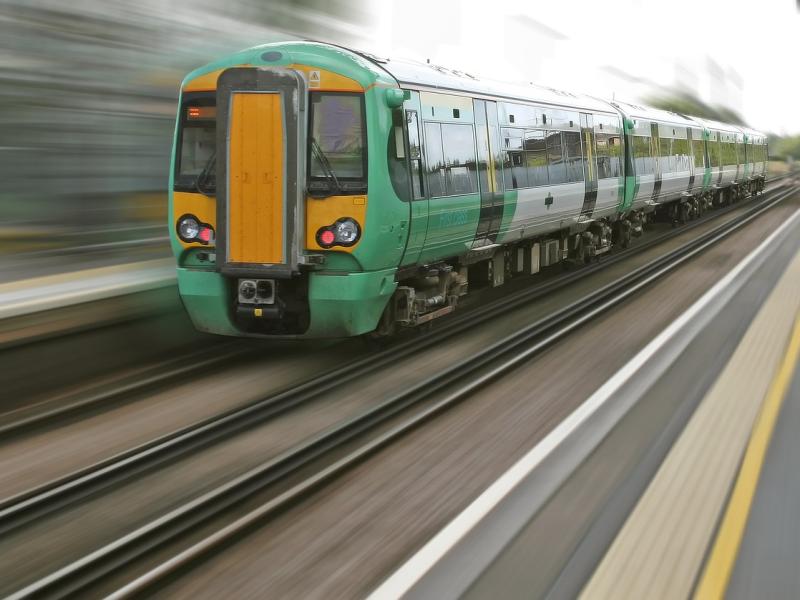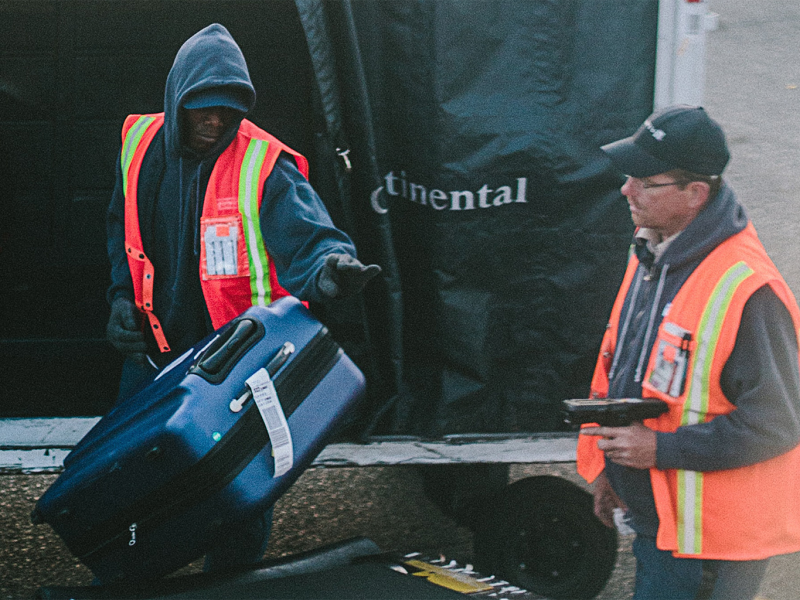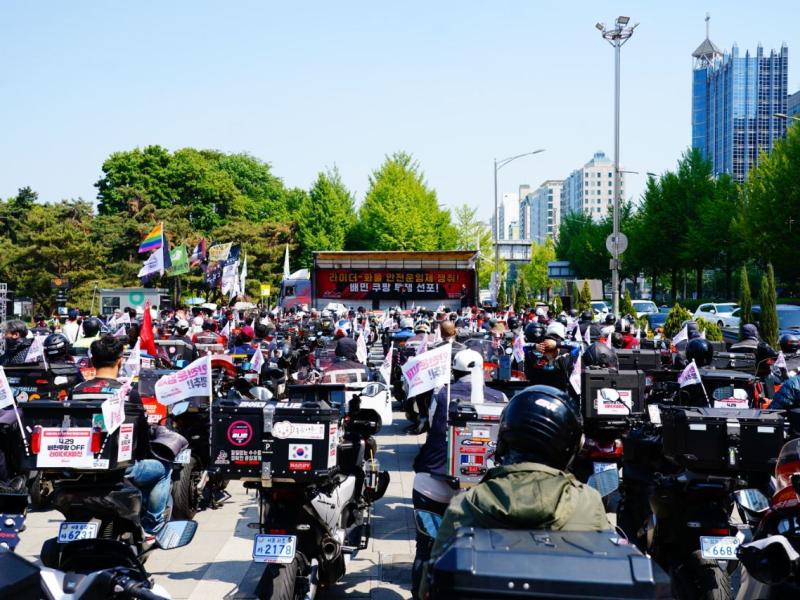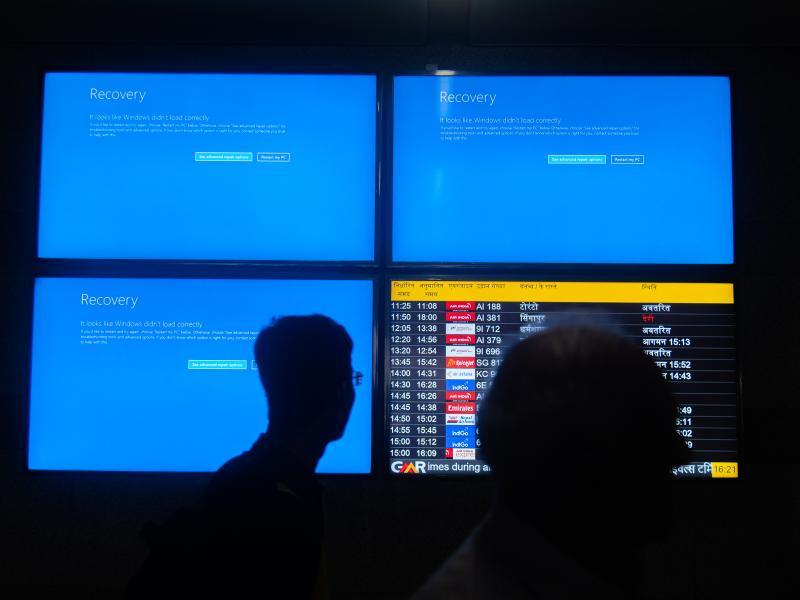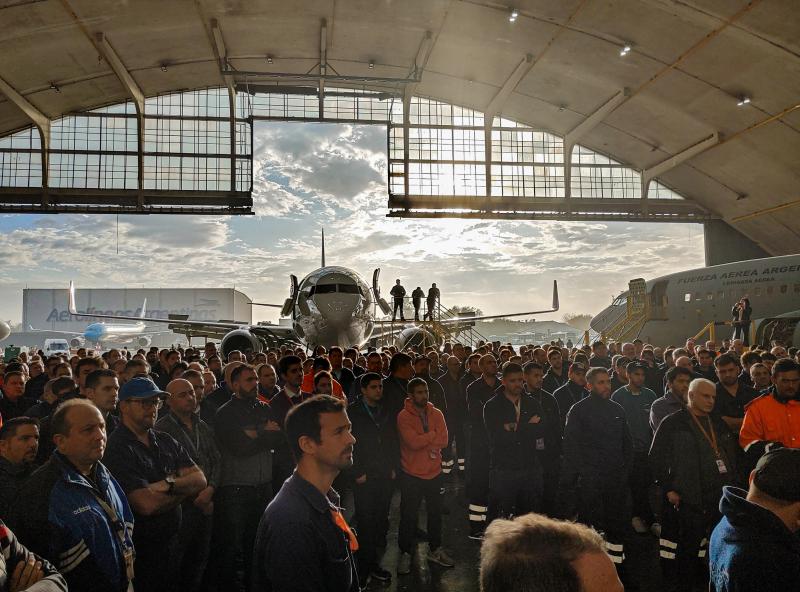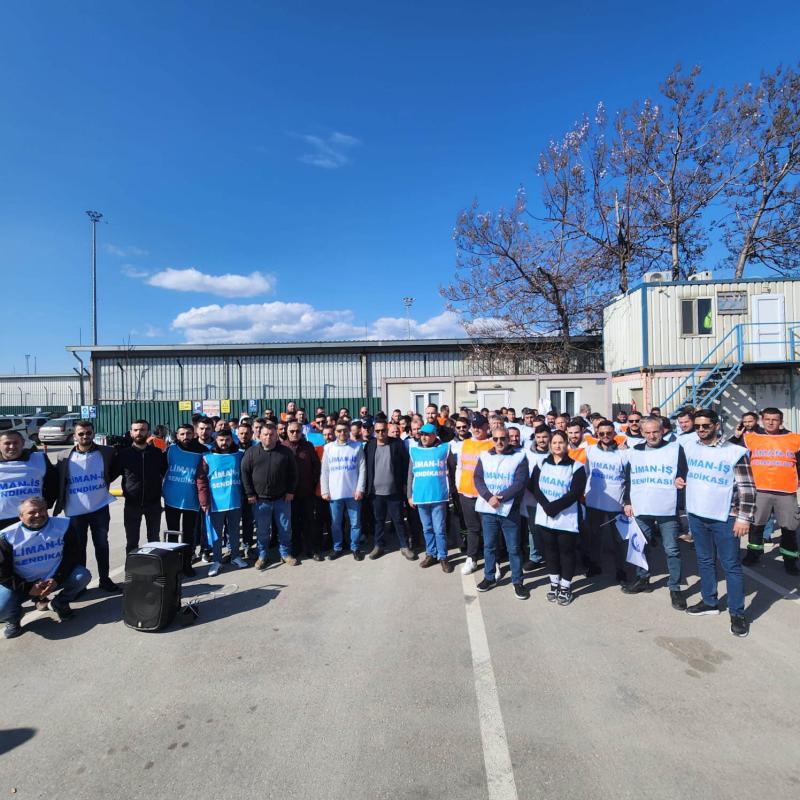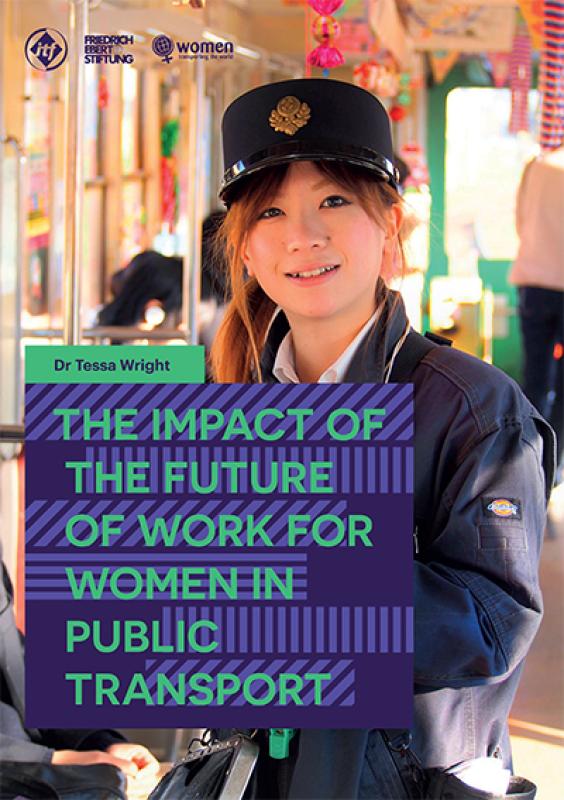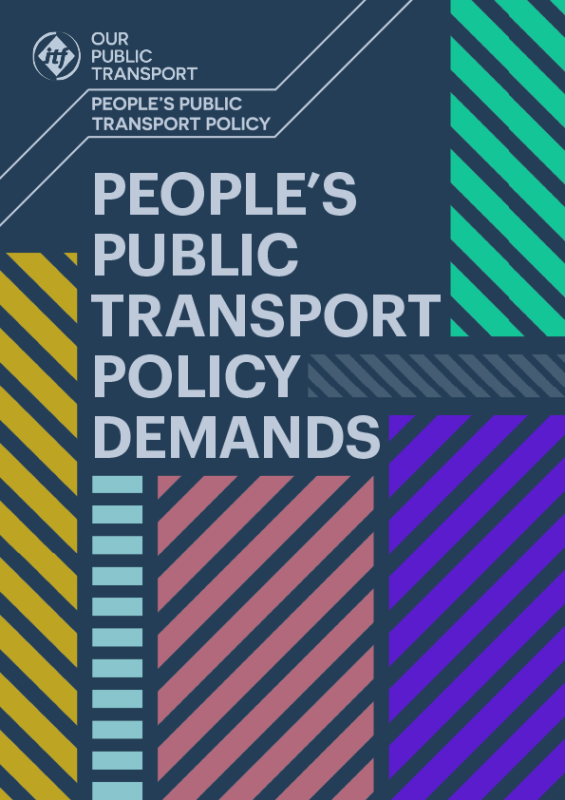L’AVENIR DU TRAVAIL
NOTRE POSITION
Les syndicats des transports jouent un rôle essentiel dans la définition de l'avenir du travail. Les travailleurs doivent être au centre des prises de décision et façonner l'avenir du secteur des transports, en veillant à ce que les normes et réglementations du travail suivent le rythme des évolutions technologiques et des nouvelles méthodes de travail. Les droits des travailleurs et des utilisateurs au respect de la vie privée et à la liberté syndicale doivent être protégés afin que les technologies ne renforcent pas davantage les formes d'exploitation et de discrimination qui existent actuellement.
Pour l'ITF, les travailleurs et travailleurs jouent un rôle essentiel dans l’élaboration et la mise en œuvre des changements technologiques. Il est donc impératif que leur voix soit entendue afin de s’assurer que les technologies favorisent le travail décent et le respect des droits humains. Seuls la négociation collective et une réglementation efficace des nouveaux modes de travail, tels que l'économie des petits boulots, permettront d'atteindre cet objectif.
GRANDS ENJEUX
-
AMÉLIORER LES NORMES DE L’AVENIR DU TRAVAIL
-
CONTRÔLER NOS DONNÉES
-
ORGANISER L'ÉCONOMIE DES PETITS BOULOTS
-
SE FORMER POUR L’AVENIR
Nous nous efforçons d'inverser la tendance au nivellement par le bas et d'élever les normes pour un nouveau monde du travail.
Le succès du système de BRT de Dakar repose sur l’intégration des travailleuses et travailleurs du secteur informel
ITF signs agreement with Uber to begin social dialogue on working conditions for drivers and couriers
Nous veillons à ce que la numérisation améliore la vie des travailleuses et travailleurs, et qu’elle ne soit pas qu'une question de rentabilité pour les employeurs. Nos données, tout comme notre avenir, nous appartiennent.
Déclaration sur Uber et l’avenir de l’économie des petits boulots
Les Syndicats mondiaux réclament d’urgence des droits pour les travailleuses et travailleurs des applications mobiles
Les gouvernements doivent tirer parti des données satellites pour lutter contre le travail forcé dans la pêche
Nous veillons à ce que la numérisation améliore la vie des travailleuses et travailleurs, et qu’elle ne soit pas qu'une question de rentabilité pour les employeurs.
Les syndicats des services mondiaux de livraison abordent les défis de la transformation numérique et de l’automatisation
Les Syndicats mondiaux réclament d’urgence des droits pour les travailleuses et travailleurs des applications mobiles
ITF launch gig economy employer principles before landmark Prop 22 vote in California
Nous sommes tous confrontés à d'énormes changements dus à l'évolution rapide des technologies qui ont le potentiel de transformer la façon dont le travail est effectué, supervisé et organisé. Nous prenons position afin que les technologies profitent aux travailleurs.



